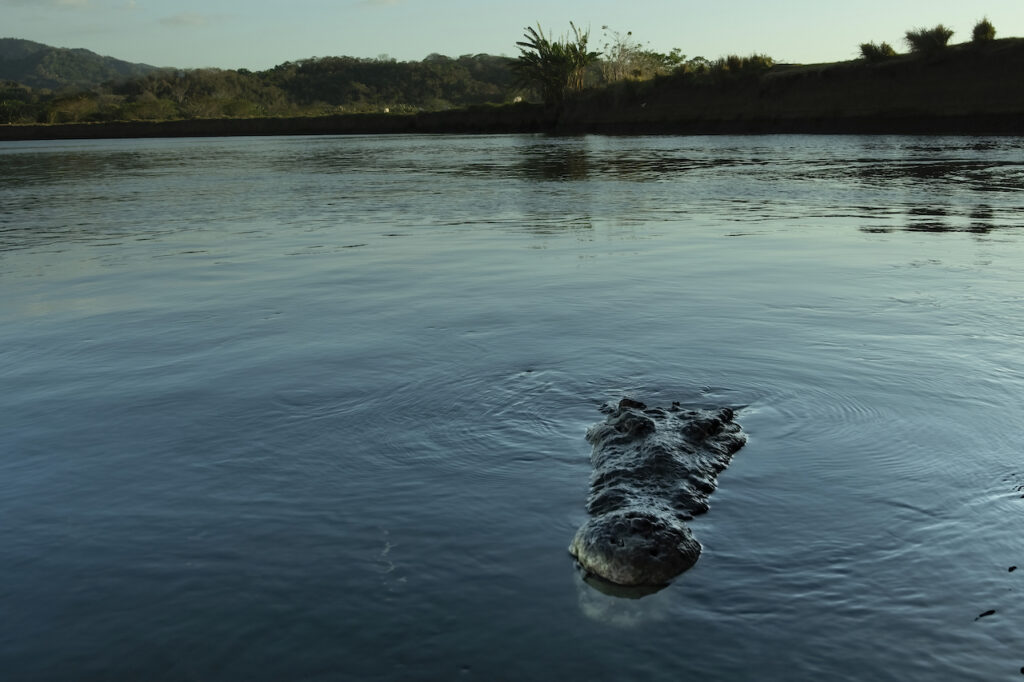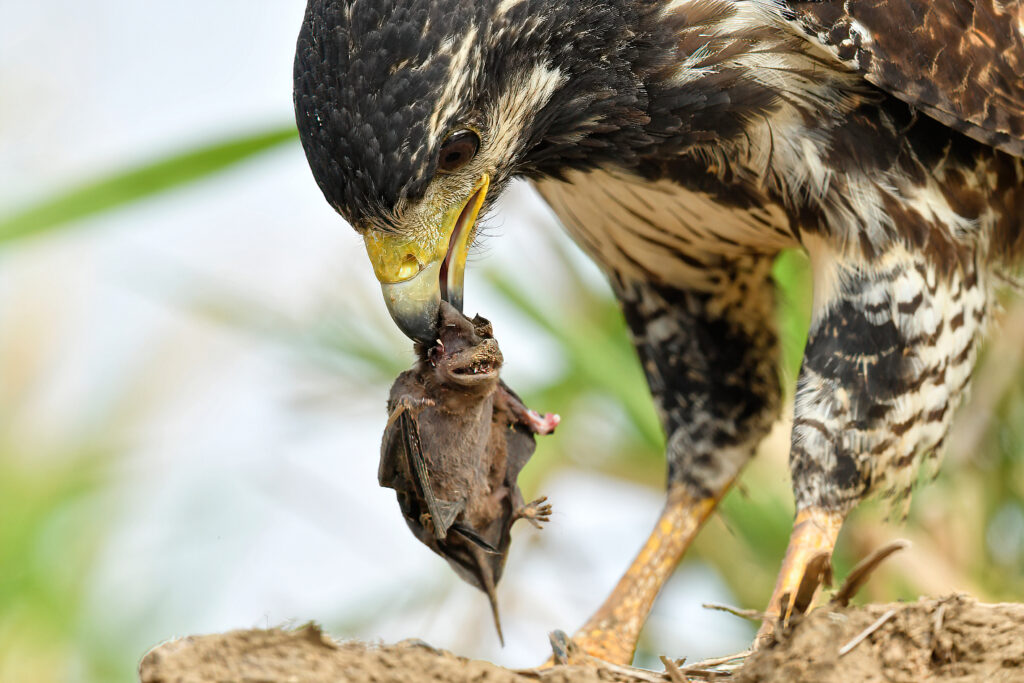
What are mangroves? The technical description is a coastline forest submerge by tides on brackish water or the mix of fresh water and the ocean. They don’t exist out of this combination and very few other species of flora had adapted well enough to survive in such an ever changing environment.
In Costa Rican coastal forest there are found 7 species of mangroves that cover as little as 0,8% of our land with a 99% representation on the Pacific Coast and only 1% in the Caribbean coast expecific at Gandoca Manzanillo. The largest protected region is found in Sierpe de Osa in the south Pacific of Costa Rica near the towns of Sierpe and Golfito at the Osa Peninsula conservation area with an extension of 16,000 hectares. Here at Tarcoles-Guacallilo mangrove forests the total cover is only 370 hectares. In our country a total of 41 000 hectares of mangrove swamps are protected by law and there are catalogue 127 sites of the 7 species of them as follows: Red Mangrove (Rhizophora mangle, Rhizophoraceae), White Mangrove (Rhizophora racemosa, Rhizophotaceae), Tea Mangrove Pelliciera rhizophorae, Tetrameristaceae), White Mangrove (Laguncularia racemosa, Combretaceae), Bottomwood Mangrove (Conocarpus erectus, Combretaceae), y Black Mangrove (Avicennia germinans , Grey Mangrove Avicennia bicolor, Acanthaceae).

At one time all Central American coastlines were covered with this crucial forest and swamps, home of a large number of crustaceans, molluscs, mammals, birds, reptiles, amphibians, insects and a large number of fishes who have a very important role in the local economy. Another great reason to preserve the mangrove forest is its most recent approach with the sort of new” trend of traveling tourism. In the past this type of unique vegetation was used; very few forms of activity other than gathering seafood and other profitable goods were important. Some of the first recreational pastimes were known such as Mangrove Kayak and Sport fishing. More recently nature lovers had ventured into the depths of these biologically intense ecosystems looking for large crocodiles, exotic flora, birdwatching and nature photography.
In Costa Rica mangrove birdwatching or birding has become very popular, it’s not surprising since there are many unique species of birds only found on this type of vegetation such as Mangrove Vireo, Mangrove Warbler, Panama Flycatcher, Rufous necked Woodrail, and the rarest hummingbird of all Mangrove Hummingbird, only found in the Pacific mangroves of Costa Rica and nowhere else on the face of the earth. A most for wildlife/nature/bird photographers and a very fragile bird species due its particular adaptations of symbiosis with mangrove flowers.

But apart from the obvious natural life production of oxygen there are other massive reasons to protect Mangrove ecosystems such as being the number one barrier for tropical storms, hurricanes and other climatic phenomena that might occur affecting millions of humans living near the coasts.
The disappearance of these habitats have been mostly due human development for luxury hotels, beach front homes and a lot less agriculture. Luckily, in Costa Rica they have been protected by law since the early 70’s.
